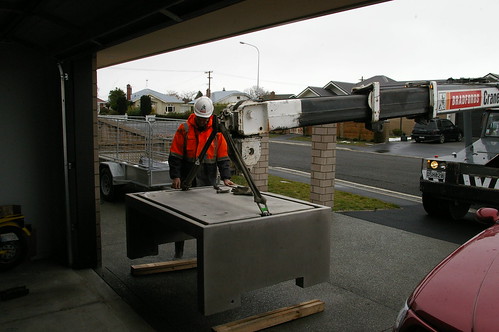My lathe is sitting on adjustable levelers mounted under the two separate bases and the lathe is bolted to the top of these.
Is it better to roughly level the bases and then level the lathe by shimming the lathe to the bases OR bolt the lathe down tight to the bases, shimming as necessary to get even support all around and then level the lathe by adjusting the levelers under the two bases.
I have been getting conflicting answers on this. Does it make a difference which way it is done or is it just a matter of personnel preference.
Bolting to the floor is another thing that no one seem to be able to agree on.
Is it better to roughly level the bases and then level the lathe by shimming the lathe to the bases OR bolt the lathe down tight to the bases, shimming as necessary to get even support all around and then level the lathe by adjusting the levelers under the two bases.
I have been getting conflicting answers on this. Does it make a difference which way it is done or is it just a matter of personnel preference.

Bolting to the floor is another thing that no one seem to be able to agree on.

.png)



Comment